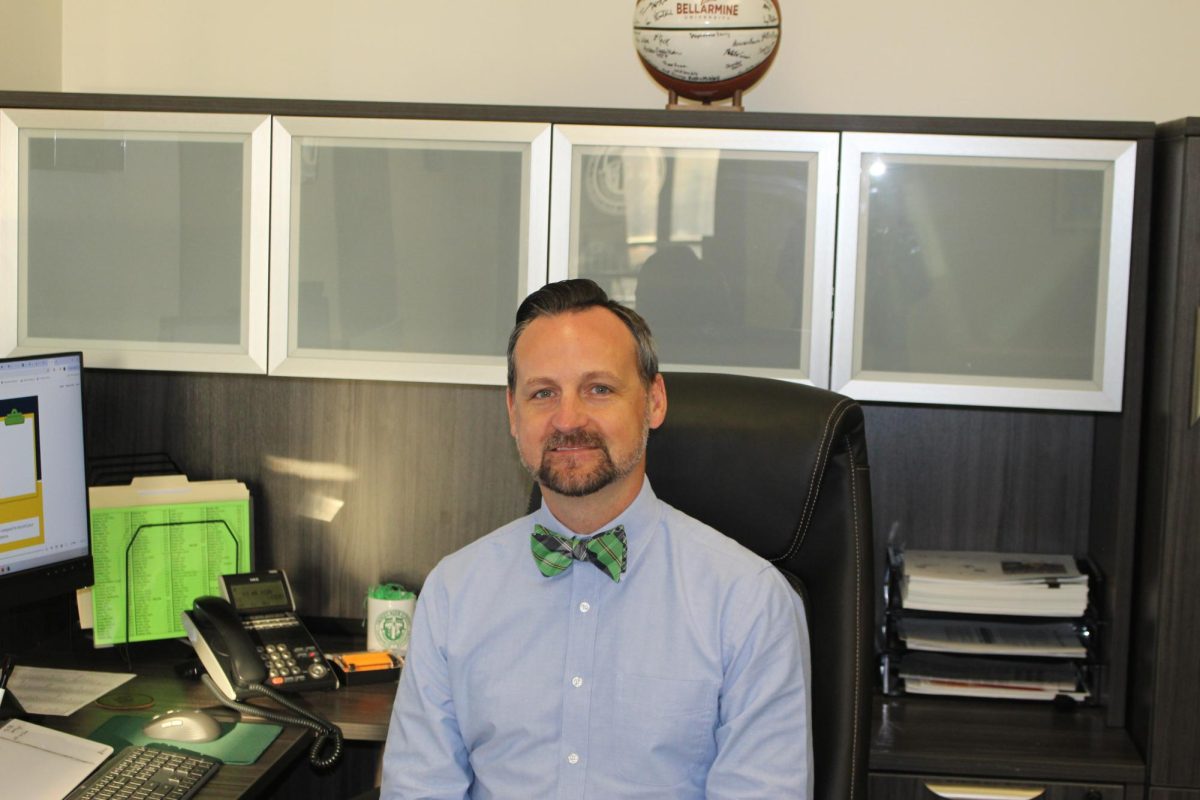Brushing your teeth. Driving your car. The two acts seem to have little in common, but for many of us, they become part of our routines, actions that are often performed without much thought. The acts become habits with steps that almost become background noise.
“Habits are automatic behaviors that are formed when they are performed repeatedly,” said Dr. Michael Bardo, a professor of psychology at the University of Kentucky, “At first, one has to spend time thinking about performing a behavior, but with repetition the behavior becomes automatized.”
Our lives are made up of various programmed actions that we have either acquired through evolution or from our environment and lifestyle, but we don’t question these actions. We live in a world of habits where efficiency is key — a world often without thought.
“Habit is something you do consistently without thinking,” Trinity senior Patrick Martinette said.
“It’s something that an individual does on a regular basis,” fellow senior Eric Elder said.
From a physiological standpoint, “the most important region we have identified so far is the striatum, which is the area of the brain rich in dopamine,” Bardo said. “There is part of the striatum that is called the nucleus accumbens; this part of the striatum is where habit formation is initiated and then the whole striatum becomes involved.”
The difference between a habit and an obsession has to do with thought process rather than behavior. “Most habits are motor outputs,” Bardo said.
Rather than habits reaching the mental level, they are simply behaviors without thought involved. Habits are also formed by a series of steps that are involved with a habit’s completion.
In a book called “The Power of Habit” by Charles Duhigg, three steps are identified in a habit’s completion. These steps include a cue, a routine and a reward — steps that many advertisers capitalize on.
An example of a habit broken down in the book is teeth brushing. Today almost everyone brushes their teeth, but 100 years ago only a select few did.
Early in the 1900s a man names Claude Hopkins approached an old friend with an idea to get rich on a toothpaste called Pepsodent. Hopkins was a nationally known advertising executive, having already sold the nation on Palmolive soap by falsely claiming Cleopatra had used it, and selling Shlitz beer by claiming their bottles were cleaned with “live steam,” something all beer companies did.
Hopkins was largely responsible for Americans’ tooth-brushing habit. The first step in Hopkins’ plan was to find a cue for the habit. Searching through dry dental textbooks, he found that teeth begin to develop a natural mucin plaque that he called “the film.”
Hopkins claimed to Americans that this plaque was bad and that brushing teeth was the only solution. This cue gave way to the routine of brushing teeth. To follow up with the routine of brushing, the reward was “beautiful teeth” and a tingling feeling that was the result of nonessential chemicals that served no other purpose than to leave you mouth with a tingling feeling.
The steps behind the teeth-brushing habit are similar to those behind any habit. But where do habits begin and addictions take over?
“Addiction is a type of habit that typically has negative consequences,” Bardo said.
When it comes to breaking habits, Martinette said, “It might be hard to do, but there is nothing that over time I could adjust to not doing.”
Most habits, however, have generally positive consequences. “Habits are adaptive in many situations,” Bardo said. “Take the example of driving a car. If driving a car did not become a habit, you would have to use all your mental energy to drive it, and nothing would be left over to turn on the radio or hold a conversation with a passenger.”







